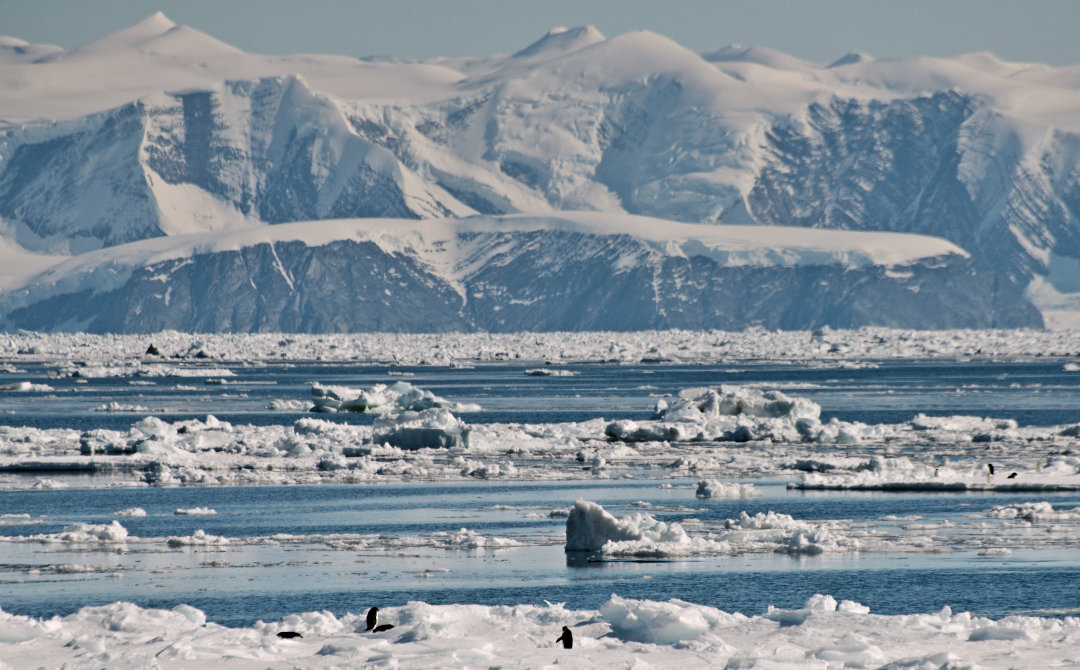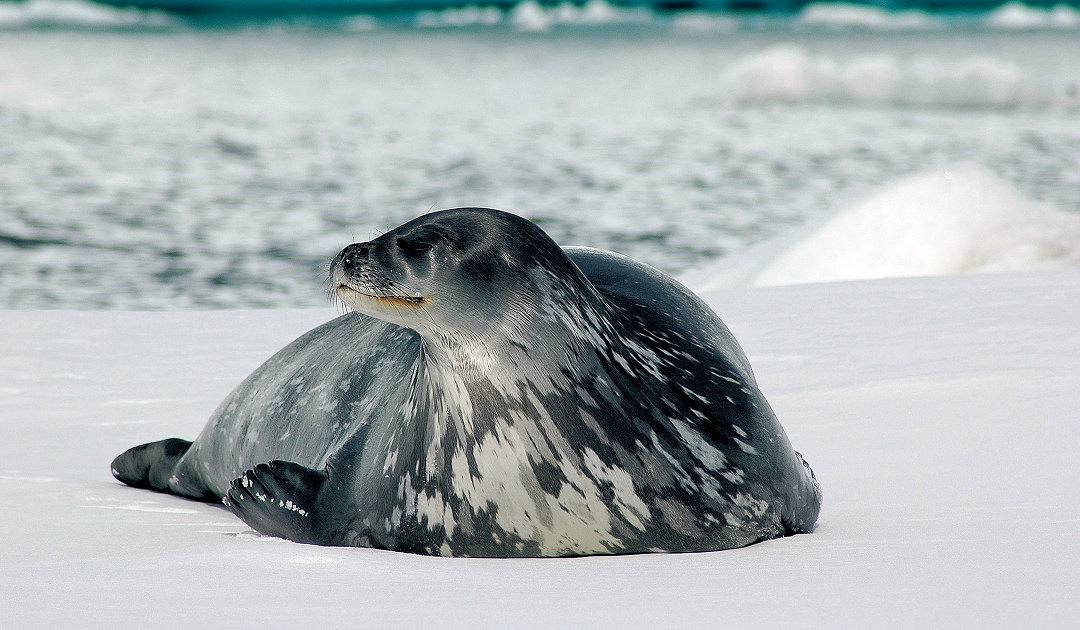
When you think of Antarctica, you also inevitably think of icy cold, where survival is almost impossible for animals and plants. And yet there are a large number of different animal species that not only live in Antarctica, but even spend a large part of their lives in the icy waters of the Southern Ocean. These include seals and fish, and the question arises as to how animals manage to not only survive but thrive in this environment. The answer lies in the genes.
In two studies, scientists from the USA, Sweden and Australia were able to discover genetic mechanisms in Weddell seals and the Antarctic fish Ophthalmolycus amberensis that allow the animals to spend their lives in the Southern Ocean at temperatures around freezing point. What is special about the two studies is that the two species achieved the same goal in different ways. “This tells us that the course of evolution is largely unpredictable,” explains Joanna Kelley, a biologist at Washington State University and leader of the fish study.



One study looked at how Weddell seals manage to build up their blubber without suffering the negative consequences of obesity at the same time. For the seal, which can weigh up to 450 kilograms, the layer of blubber not only provides perfect insulation against heat loss, but also a reserve of nutrients that can be consumed when the animals are changing their coats or rearing pups. Especially in the latter, the mothers invest an enormous amount of energy in the fat-rich milk so that the young grow quickly and also form a layer of fat. The team, led by study leader Allyson Hindle of the University of Nevada, discovered that Weddell seals have a special protein that transports cholesterol in the bloodstream and delivers it to various sites in the body, but without blocking vessel walls or compromising blood flow. This protein is unique to Weddell seals and allow cholesterol levels up to 10 times higher than humans and other mammals. Humans and many other mammals possess two types of protein, but one of them (the low-density lipoprotein LDL), if too high, attacks the vascular systems and causes a much higher risk of heart attacks and other vascular diseases. The significance of this seal protein will now be investigated in more detail.

The Antarctic representative of the eelpout fish group, Ophthalmolycus amberensis, has taken a completely different approach to dealing with the icy conditions. The research team, led by Scott Hotaling and Joanna Kelley of Washington State University, found that this fish, which grows to 35 centimeters and has been studied little, stores antifreeze proteins in its blood. A similar adaptation is known in Antarctic icefish. In addition, Hotaling and his colleagues discovered that the vision, thermal tolerance and membrane structures of the cells are also similar in both Ophthalmolycus amberensis and icefish. But one key difference, the team said, is that the eelpout representative still has hemoglobin in its blood, whereas icefish barely make this oxygen-carrying protein. Because in the cold and thus oxygen-rich waters of Antarctica, this is no longer so important. However, for Ophthalmolycus amberensis, it appears that it is either still important, or the species is on its way to losing this ability as well. “If you don’t need something, it’s often removed by selection or changed by chance,” Hotaling says. “There is nothing to sustain it for survival.” But the studies show that in the end, all roads do indeed lead to Rome, or in this case, to life in Antarctica.
Dr Michael Wenger, PolarJournal
Study links: Noh et al (2022) Commun Biol 5, 140 The Antarctic Weddell seal genome reveals evidence of selection on cardiovascular phenotype and lipid handling; https://doi.org/10.1038/s42003-022-03089-2
Hotaling et al (2022) Mol Ecol 1-17 Pathways to polar adaptation in fishes revealed by long-read sequencing; https://doi.org/10.1111/mec.16501
More on the topic





